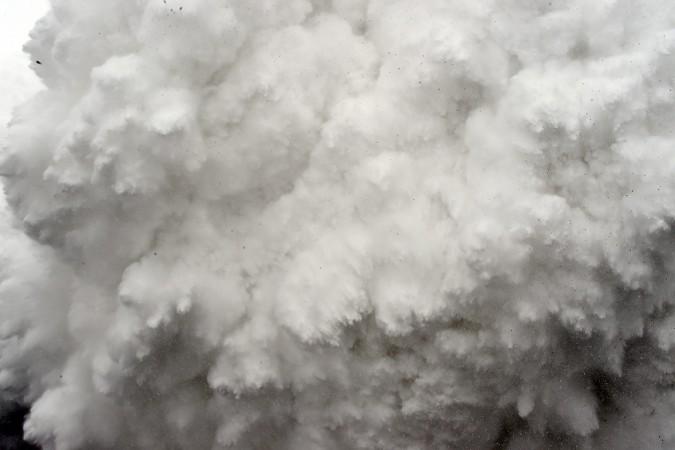
Around 70 million tonnes of ice broke from a glacier in western Tibet earlier this year killing nine people. According to a new study in the Journal of Glaciology, the reason behind the breaking of the massive wall made of ice and snow is climate change.
Researchers and scientists from the Chinese Academy of Sciences and Ohio State University have found out that climate change is destabilising the Tibetan Plateau, which consequently led to a huge avalanche in the region.
To reach the findings of their study, the researchers conducted a forensic investigation soon after the avalanche and surveyed the wreckage left behind. The researchers also conducted an on-the-ground investigation with the assistance of satellite observations. After collecting the evidence, the researchers assimilated the data in their laboratory to build a model to understand exactly how avalanche of such a huge scale could have occurred so fast.
"Given the rate at which the event occurred and the area covered, I think it could only happen in the presence of meltwater," Lonnie Thompson, a glaciologist at Ohio State University, said in a news release.
The researchers concluded that the presence of meltwater could be the only possible explanation behind the the avalanche in the new simulation model prepared by them.
"We still don't know exactly where the meltwater came from, but given that the average temperature at the nearest weather station has risen by about 1.5 degrees Celsius, 2.7 degrees Fahrenheit, over the last 50 years, it makes sense that snow and ice are melting and the resulting water is seeping down beneath the glacier," Thompson added.
The researchers for a long time had maintained that the stability in the glaciers of western Tibet was surprisingly steady in comparison to the effects of climate change in southern and eastern parts of the region. However, the 2016 avalanche showed that the climate change has taken its toll in the western region of Tibet too and the glaciers are no longer stable.

















